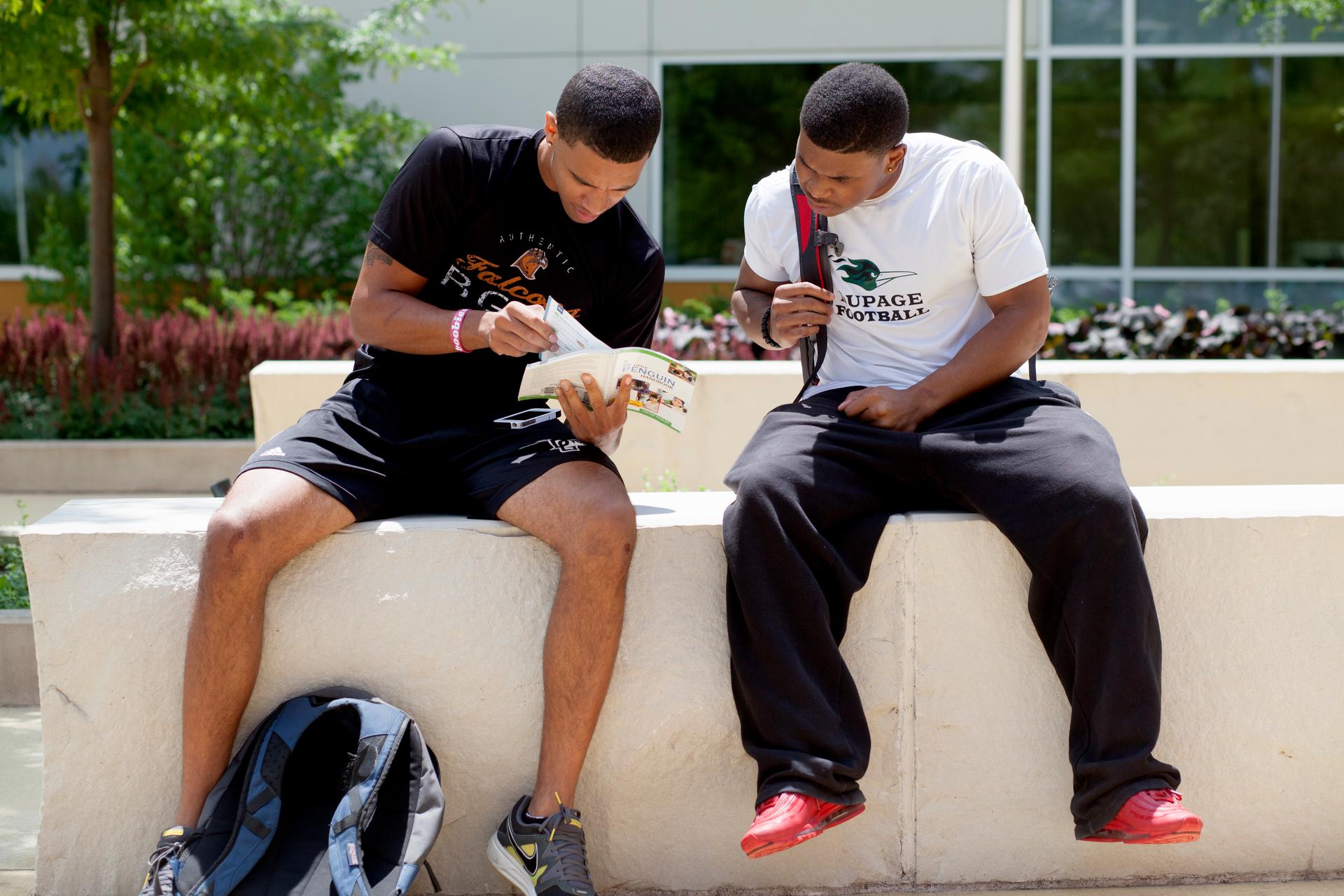Is it time for colleges to withdraw from their outdated schedules?
College hasn’t changed much since the 1950s. Well, besides the big price tag.
We asked a few college grads what they’d like to change about the current system. Their answers spanned from increasing accessibility, to eliminating lectures, to creating greater support services for students at risk of dropping out.
That last point is key: the vast majority of students who start college don’t graduate.
Community college, state schools, and private universities — six-year completion rates are falling. To Michael Crow, president of Arizona State University, this means something is wrong.
Crow believes that the best way to address America’s higher education woes is to lower the cost of a college education while personalizing teaching. He proposes three big changes:
1. Alter the culture of public universities to become more student-centric
In Crow’s ideal future, “universities will be measured based on how their students succeed, and not only how many academic papers their faculty produces.” Instead of touting its faculty achievements, schools can transition towards valuing student achievement and completion rates.
2. Change the “clock-speed” to shake up academic rigidity
Why do we have fall, spring, and summer breaks? “We’re living on an agrarian model of higher education,” says Crow. By designing schedules with flexibility, we can give educators the chance to adjust the length of their courses — as well as individual class periods — to the material being taught.
3. Adapt technologies that allow educators to personalize teaching
ASU administrators noticed a pattern: they had “huge issues with students successfully completing gateway courses like math and physics,” says Crow. “Many students didn’t have a high enough understanding to actually grasp the material.”
To combat that, ASU built what it calls “adaptive learning platforms.” By evaluating students’ performances throughout the course, the platform was able to loop back to specific units and help identify, target, and iron out an individual’s understanding.
As for Crow’s predictions for what college will look like in another fifty years? He’s definitely hopeful.
“It’ll be an unbelievable, immersive, high-speed adaptive learning environment. There’s no limit to what we can achieve.”
This story first aired as an interview on PRI's Innovation Hub. Subscribe to the Innovation Hub podcast.
Our coverage reaches millions each week, but only a small fraction of listeners contribute to sustain our program. We still need 224 more people to donate $100 or $10/monthly to unlock our $67,000 match. Will you help us get there today?
